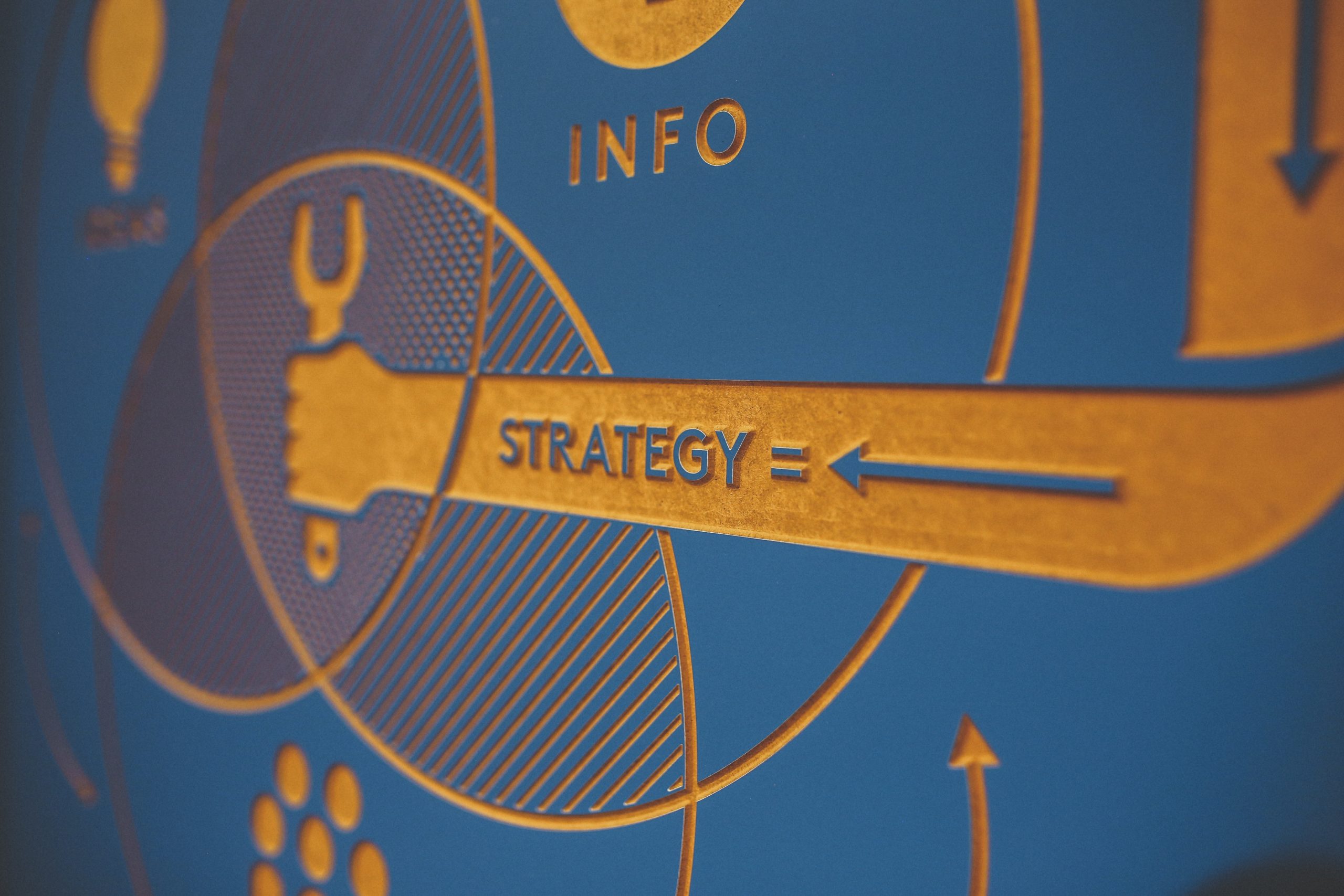Why Virtual?
Josh Harrison
Producer
vConferenceOnline
Producing Content – horses for courses
So I talked about the importance of video in creating an engaging presentation. So for this last article let’s get into some real world HOW.
You’ve decided “Josh is right, we should use video in our event.” Congratulations, you’ve made the right choice! Now how do you do it? Let’s set out some example scenarios:
Scenario 1: Your online only event has 6 different presenters. The budget won’t allow for in-studio professional video production. They all have slide deck presentations and want to stick to that plan. The presenters are all in different areas of the world, but you want to give the event a cohesive feel.
Solution: Not a problem! We have a tool that allows presenters to record their desktops to include slides, full motion computer demonstrations and yes, their webcam! You arrange for a slide deck design treatment that they all use and you make suggestions for webcam placement and lighting in a simple to read document that we provided you. The speakers make quick test recordings and send them in for approval. Everyone agrees it looks and sounds good. They go about recording their full presentations and you smile with satisfaction in a job well done.
Scenario 2: Your in person event is going to include a bonus online event. You need to record and document all presentations and the keynotes. You’d like to offer the online event a week after the in person event for anyone who missed anything. Both in person attendees and non attendees.
Solution: We discuss your needs and decide that you need a multi-camera production. Our crew designs a production equipment package and travels to your event to record the show. We work closely with your team to ensure that all required moments are captured and we setup the event online to allow for scheduled playback of these videos the following week. You just grew your event attendance, not to mention your event’s income.
Scenario 3: You’ve decided you want to take that same event to the people live over the internet!
Solution: We add on a live streaming package to the already fully planned production package and you have created urgency and excitement for those that couldn’t attend in person.
Scenario 4: You are having an online event with your company’s top executives. This needs to be polished and professional. Production quality is very important. The event will be live with on-demand versions of the presentations available after the live event.
Solution: We invite you out to our production studios in Tucson Arizona. Our producers work with you to decide show flow and set design. The required content and rehearsals are scheduled. Everyone knows what is happening when and where they should be. Our well designed studio gives your event that high end look you were after and your executives appreciate the chance to tee off at some of the world’s best golf courses after the event.
I could go on and on as there are many different scenarios. The point is that we can handle any of them and we help you along the way. That is a major separator for us as a platform provider.
I hope these quick articles have been informative, or at least entertaining. “Like TV”.
